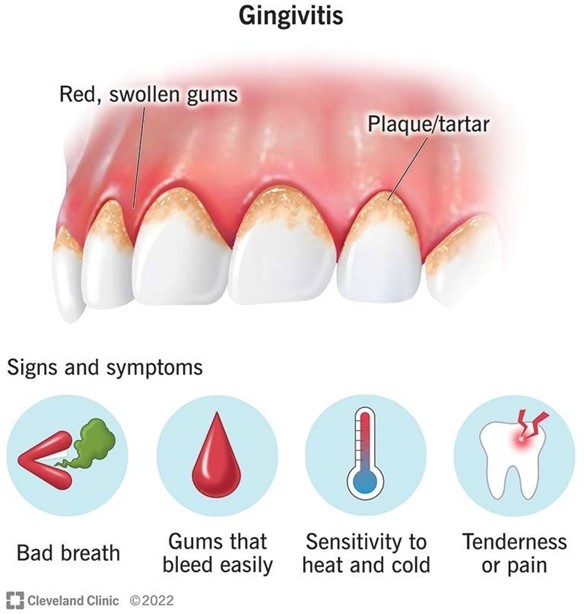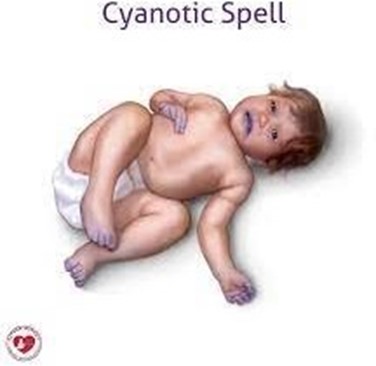The client is a young male who appears to be 25-30 years old. He was found unconscious on a sidewalk by a jogger who was passing. The jogger called an ambulance, and the EMT's transported the ent to the hospital. The client is arousable but unable to say what his name is or what happened to him. A STAT CT of the head in the emergency room showed no abnormalities, so the client will be admitted to the medical floor for observation and further tests.
The PN reinforces education about seizures to the client and asks him to explain what he understands about his condition.
Which statements indicate understanding?
Select all that apply
"I don't need to go to the hospital if I have another seizure unless it is a very long seizure or if I have several in a row."
"There are really no lifestyle changes that I can do that will affect my risk of having another seizure."
"I may never know why I started having seizures."
"Having a medic alert bracelet might be a good idea, but it is up to me to decide if I want it or not."
"I can stop taking the phenytoin if I go for a while and don't have a seizure."
Correct Answer : A,C,D
A. "I don't need to go to the hospital if I have another seizure unless it is a very long seizure or if I have several in a row." This statement demonstrates an understanding that certain characteristics of seizures, such as prolonged duration or multiple seizures in succession, may require medical attention and evaluation.
C. "I may never know why I started having seizures." This statement acknowledges the possibility that the underlying cause of the seizures may remain unknown. Seizure etiology can vary, and in some cases, the specific cause cannot be determined despite diagnostic tests.
D. "Having a medic alert bracelet might be a good idea, but it is up to me to decide if I want it or not." This statement recognizes the potential benefits of wearing a medic alert bracelet, which can provide crucial information about the client's condition in case of emergencies. It emphasizes the client's autonomy in making the decision, showing an understanding of the role and significance of the bracelet.
The following statement does not indicate understanding:
"There are really no lifestyle changes that I can do that will affect my risk of having another seizure." This statement is incorrect, as there are lifestyle modifications that can help reduce the risk of seizures, such as getting enough sleep, managing stress, avoiding triggers (if known), and taking prescribed medications as directed.
Regarding the statement "I can stop taking the phenytoin if I go for a while and don't have a seizure," it is not included in the given options.
Nursing Test Bank
Naxlex Comprehensive Predictor Exams
Related Questions
Correct Answer is A
Explanation
In this scenario, the dentist is increasing the amount of dairy products in her diet with the aim of reducing the risk of gingivitis due to her family history of cancer. However, the practical nurse (PN) should respond by suggesting that an increase in fruits and vegetables would be more beneficial.
Fruits and vegetables are rich in essential vitamins, minerals, and antioxidants, which can help support overall oral health and reduce the risk of gingivitis. They provide a wide range of nutrients that are important for maintaining healthy gums and teeth.
While dairy products can contribute to overall dental health due to their calcium content, they should not be solely relied upon as the primary means of preventing gingivitis or reducing the risk of cancer. A well- rounded and balanced diet, including plenty of fruits and vegetables, is essential for optimal oral health.
Options b, c, and d are not directly related to the dentist's concern about gingivitis and the increased consumption of dairy products. Encouraging exercise (option b) is generally beneficial for overall health, but it does not specifically address gingivitis. Reminding the client to ensure dairy products are fortified with vitamin D (option c) is not necessary in this context, as the focus is on preventing gingivitis rather than addressing vitamin D deficiency. Providing written information about the warning signs of cancer (option d) is not directly relevant to the dentist's current situation and concern about gingivitis.

Correct Answer is B
Explanation
Explanation: In this scenario, the sudden regurgitation and cyanosis in a 24-hour-old infant indicate a potential airway obstruction or compromise. The immediate priority is to clear the airway and ensure adequate ventilation.
Suctioning the oral and nasal passages helps remove any potential obstruction or mucus that may be causing the cyanosis. This intervention aims to restore normal airflow and prevent further respiratory distress in the infant.
Let's briefly evaluate the other options:
A) Turn the infant onto the right side.
Positioning the infant on the right side does not directly address the potential airway obstruction or cyanosis. While positioning may have some benefit in certain situations, such as facilitating drainage, it is not the most appropriate immediate intervention in this case.
C. Give oxygen by positive pressure.
Administering oxygen by positive pressure may be necessary if the infant's oxygen saturation remains low after suctioning and clearing the airway. However, suctioning should be the initial intervention to address any potential airway obstruction or mucus before considering oxygen administration.
D.Stimulate the infant to cry.
Stimulating the infant to cry is not the appropriate intervention in this case. It does not directly address the potential airway obstruction or cyanosis. Crying requires a patent airway, and if the infant is already cyanotic, it suggests an obstruction or inadequate ventilation. Therefore, suctioning and clearing the airway takes precedence over stimulating the infant to cry.
In summary, when a full-term, 24-hour-old infant in the nursery regurgitates and suddenly turns cyanotic, the practical nurse should immediately suction the oral and nasal passages to clear any potential airway obstruction or mucus. This intervention aims to restore normal airflow and ensure adequate ventilation for the infant.

Whether you are a student looking to ace your exams or a practicing nurse seeking to enhance your expertise , our nursing education contents will empower you with the confidence and competence to make a difference in the lives of patients and become a respected leader in the healthcare field.
Visit Naxlex, invest in your future and unlock endless possibilities with our unparalleled nursing education contents today
Report Wrong Answer on the Current Question
Do you disagree with the answer? If yes, what is your expected answer? Explain.
Kindly be descriptive with the issue you are facing.
